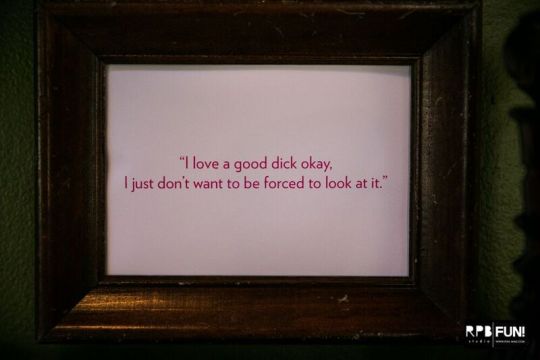According to the EEOC (Equal Employment Opportunity Comission), sexual harassment is defined as “unwelcome sexual advances, requests for sexual favors, and other verbal or physical conduct of a sexual nature”[1]. As it is precised by the EEOC, ‘unwelcome’ does not mean ‘involuntary’, and whether a sexual conduct is considered as offensive or not is up to the person receiving them.
Although sexual harassment is most common in the workplace, it can also occur in different environments such as school or even family. Another form of sexual harassment, slightly different, is known as street harassment (or stranger harassment). This particular form of harassment happens in public places such as streets, public transports, bars, etc. and is committed by strangers.
Although women are the most common reported victims, men also experience sexual harassment (mostly in the work place). In fact, as Cheryl Benard and Edit Schlaffer mention it in their paper “The Man in the Street” : why he harasses ?, “Like other forms of sexual violences, [sexual] harassment has little to do with the individual woman and nothing to do with sex; the issue is power”[2]. This means that, whether it occurs in the workplace or in the street, sexual harassment is a way for the harasser to prove that he/she is a member of the “ruling group” and is therefore a consequence of every kind of discrimination : sexism, racism, homophobia, etc.
References :
[1] http://www.un.org/womenwatch/osagi/pdf/whatissh.pdf “What is sexual harassment ?”, UN Women Watch, (no date found).
[2] http://www.unc.edu/~kleinman/handouts/The%20Man%20in%20the%20Street-Why%20He%20Harasses.pdf “The Man in the Street : why he harasses ?”, Cheryl Benard and Edit Schlaffer, 1984.






